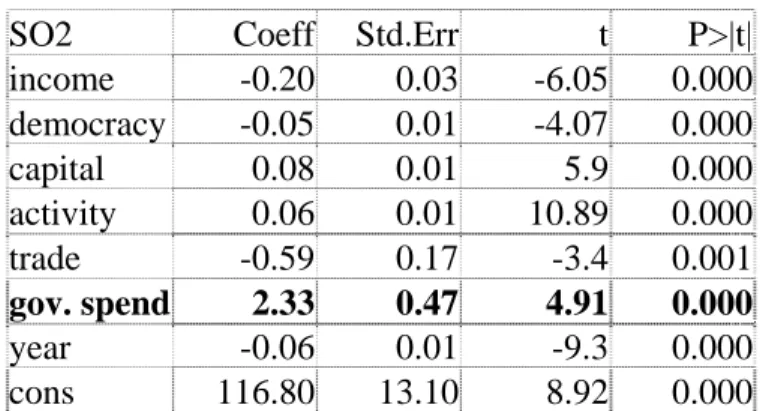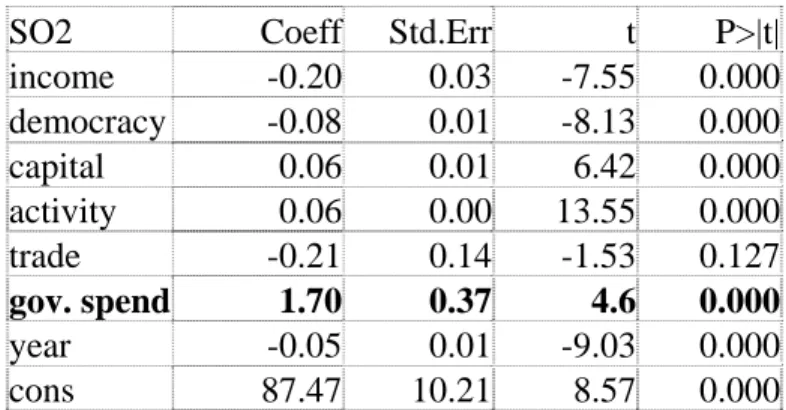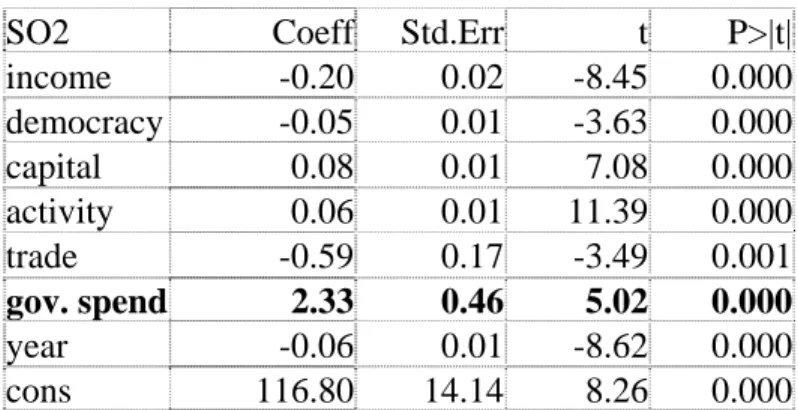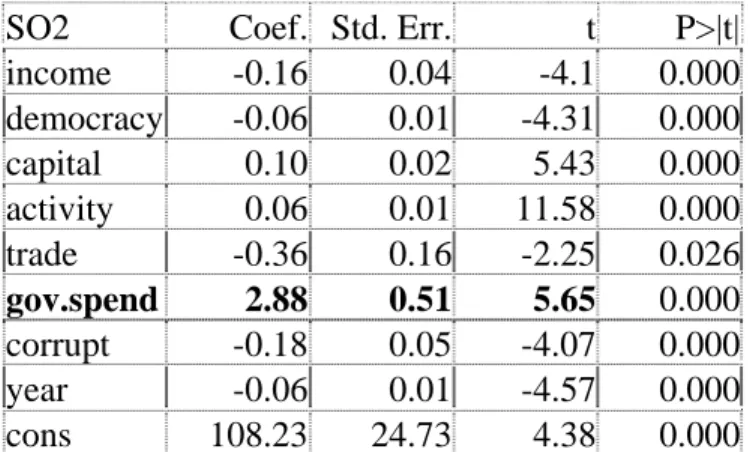One key difference is that an increase in the size of government is unambiguously associated with an increase in social welfare only in theories of the first variety. Regarding the latter version, the relationship between the size of government and the provision of public goods (or social welfare) is negative or ambiguous. This result does not conclusively prove that the increase in the size of government was driven by factors other than a concern for the public good.
Citizen-over-state theories are based on the premise that the size of government is demand-driven; it thus reflects the demand for public services (programs) by citizens as a whole or by subgroups of citizens. The main theories within this category, in turn, can be divided into two subcategories: a) government as a supplier of pure public goods and corrector for externalities (Pigou, 1923); and b) government as a provider of services to special interest groups (Olson, 1965).2. 1 Peacock and Wiseman (1961) argue that the growth in government size may be due to the existence of a ripple effect of wars. State-over-citizen theories emphasize the supply-side determinants of government size and, in particular, the incentives for government agencies to expand their size beyond the level demanded by citizens.
In all other cases, welfare either declines as the size of government grows, or it is not possible to relate government size to welfare in an unambiguous way. In this paper we evaluate the theory of government as a provider of public goods by studying the relationship between government size and the provision of a specific public good, namely environmental quality. We examine the relationship between government size and SO2 concentrations in 42 countries over the period 1971-96, controlling for important economic and political determinants of environmental quality.
Our main finding is that this relationship is negative, i.e. countries with larger government size tend to suffer from lower environmental quality. While the actions of some of these groups may lead to smaller government size (for example, when corporate lobbies achieve lower taxes), empirically, the net effect of the various interest groups appears to have been an increase in government spending in most countries. The state-over-citizen category theories (bureaucracy theory, Leviathan theory) argue that the relationship between the size of government and the supply of public goods ranges from ambiguous to negative.
Thus, studying the relationship between government size and provision of public goods can generate information that can be useful in assessing the validity of these competing theories. Although we are primarily interested in the impact of government size on environmental quality, we need to control for a number of other factors that have been identified in the relevant literature as important determinants of SO2 concentrations. The effect of government size on air pollution is negative and quite strong, both statistically and quantitatively.
When we add a quadratic term in government size to the list of regressors, we find that the coefficient for the linear term remains the same (both in magnitude, sign, and statistical significance) and the coefficient for the quadratic term is negative and statistically significant (but quite small in magnitude, indicating the absence of substantial nonlinearities). Could it be, for example, that it is not the size of government per se that matters for the provision of environmental quality as a public good, but how corrupt a government is. Thus, we included a measure of corruption in the regression alongside the government size variable.
The estimated coefficient for the corruption variable is negative (the "cleaner" the government is, the smaller the pollution) and statistically significant at the 1% confidence interval.
Conclusions
If the dominant special interest groups are not promoters of environmental quality, then such an association can be achieved. If government exists exclusively to provide pure public goods and correct externalities, then larger government size implies a higher level of welfare. These competing theories are difficult to test empirically because of the controversies surrounding the identification of pure public goods, as well as the optimal levels of their provision.
In this paper we have made a first attempt to assess the empirical relevance and the relevance of the theory which assumes that governments act primarily as pure providers of public goods and correctors of externalities. We do this by examining the relationship between the size of government and the provision of environmental quality. We have argued that this finding does not conclusively prove that the expansion of government size is driven by concerns other than the provision of public goods.
First, environmental quality is only one of many public goods that can be provided by governments. One hypothesis to investigate further is that large government size in autocracies leads to low levels of public goods provision primarily through corruption, whereas in democracies it does so primarily through rent seeking. However, our finding creates a prima facie presumption against the size-of-government theory that emphasizes the benevolent provision of public goods.
In any case, more work examining the relationship between government size and other environmental goods is needed to determine the generality of our results. Fredriksson, Per G. and Jacob Svensson (2003) “Political Instability, Corruption and Policy Making: The Case of Environmental Policy”, Journal of Public Economics. Lake, David and Matthew Baum (2001) 'The Invisible Hand of Democracy: Political Control and Public Service Delivery', Comparative Political Studies.
Lopez, Ramon og Siddhartha Mitra (2000) "Corruption, Pollution and the Kuznets Environment Curve," Journal of Environmental Economics and Management. McGuire, Martin og Mancur Olson (1996) "The Economics of Autocracy and Majority Rule: The Invisible Hand and the Use of Force," Journal of Economic Literature. Mauro, Paolo (1996) "The Effects of Corruption on Growth, Investment, and Government Expenditure," IMF Working Paper 96/98.
Song (1994) "Environmental Quality and Development: Is There a Kuznets Curve for Air Pollution Emissions?" Journal of Environment. 2001) "The Budget Surplus: A Public Choice Explanation." Working Paper 2001-05, West Virginia University. Published under the joint sponsorship of the United Nations Environment Program and the World Health Organization.
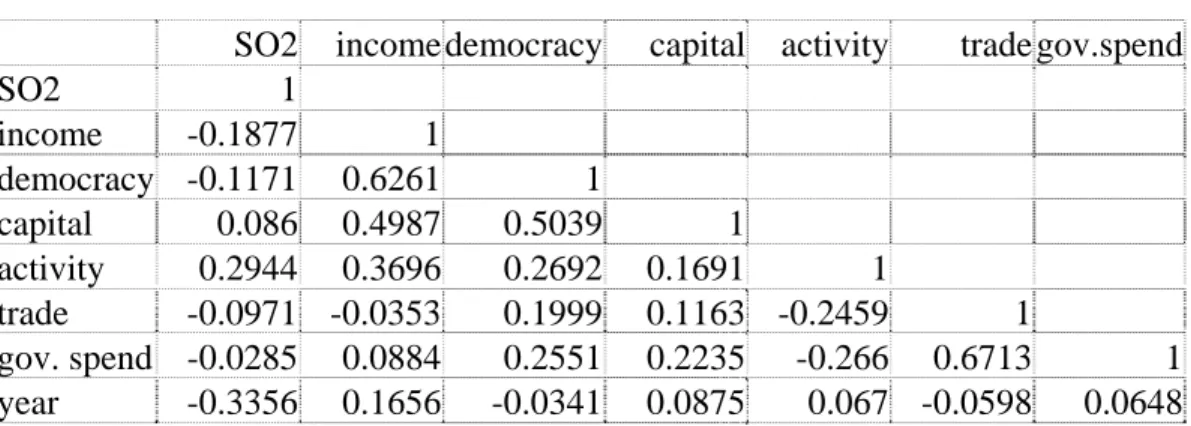
Countries in the sample Argentina
Description of variables and data sources
